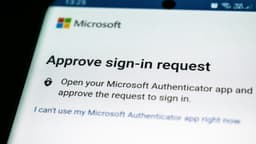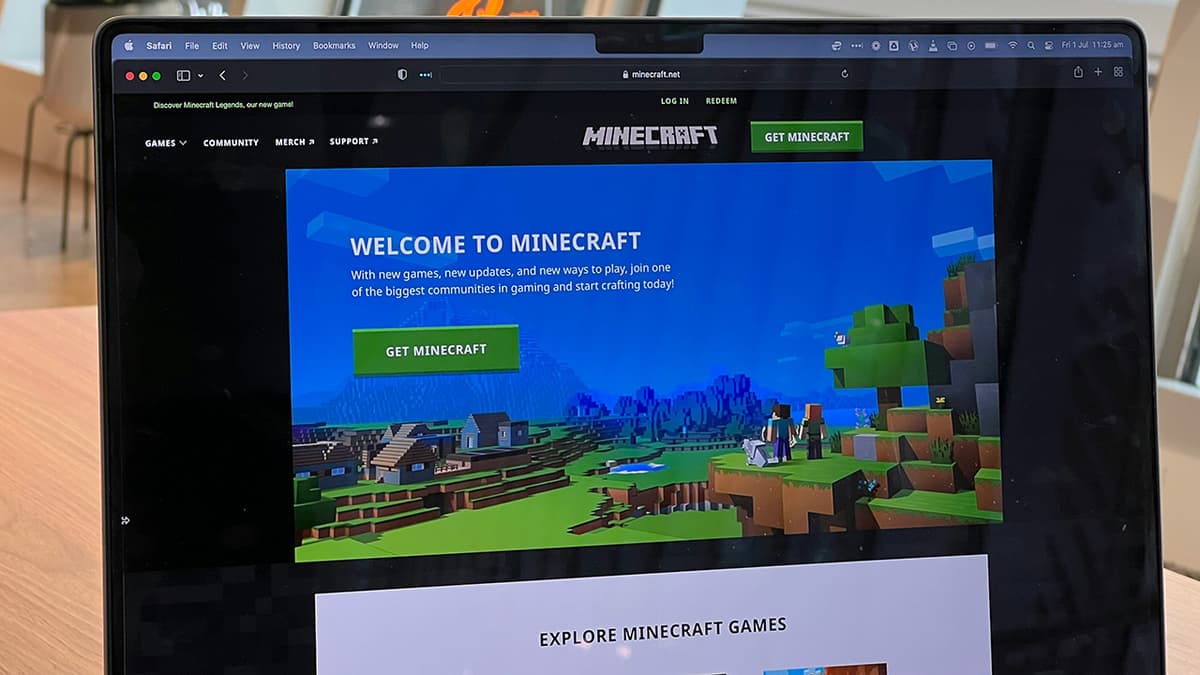Exploring the Secrets of Space in HTML
Welcome aboard our textual spaceship as we embark on an exciting journey through the cosmos of HyperText Markup Language, commonly known as HTML! Are you ready to unlock how spaces are rendered on the web? Fasten your seatbelts, because we're about to take off into the world of web development, where even small details like spaces make a huge impact on your projects.
In the realm of HTML, spaces have a special code known as an 'entity'. These entities act like secret codes that tell web browsers how to display content. For spaces, this code is , which stands for "non-breaking space". This code is crucial in scenarios where keeping words together is important.
What Is the Role of in HTML?
Now, let’s explore , or non-breaking space. It serves a vital purpose in the HTML world. Unlike the standard space that we use daily when typing, is a unique character that web browsers recognize differently. It ensures that certain words are not separated by line breaks, keeping them together, like stars in a constellation.
For instance, writing an important date, such as "April 1st, 2024". If you simply wrote "April 1st, 2024", it might split into two lines on narrow screens. To prevent this, you could write "April 1st, 2024" in your HTML code. This keeps the date intact, regardless of screen size or content flow.
Why Is Space Important in HTML?
Space in HTML is worth discussing. In outer space, objects float without gravity. In the HTML world, a regular space can be lost easily. When typing, hitting the space bar multiple times causes the browser to condense all spaces into one. It’s like an invisible space vacuum, constantly tidying up.
Think of as the force that resists this vacuum, preserving the layout you intended. It’s the glue that holds words together, ensuring that users see your content exactly as planned.
When Should You Use Non-Breaking Spaces?
You won’t need every time you hit the space bar. It’s for specific cases where the space itself is crucial for content structure or readability. Some common situations include:
- Keeping names intact: "Martin Luther King Jr."
- Preventing line breaks in phone numbers: "+1 123 456 7890"
- Anchoring measurements or units: "50 kg", "100 mph", "20 €"
HTML Entities: More Than Just Spaces
The space character is just one of many HTML entities. These entities represent various characters that need special representation in HTML, including symbols, international letters, and punctuation marks. Each has its unique code, with being one of the most used.
Here’s a look at a few others:
&for the ampersand (&)<for the less-than symbol (<)>for the greater-than symbol (>)
Each plays a role in ensuring your website’s content displays accurately, no matter where it’s viewed.
On our journey through the cosmos of HTML, we've discovered that is essential for maintaining order in your documents. Just as astronauts depend on equipment to navigate, web developers rely on HTML entities like to present ideas clearly.












